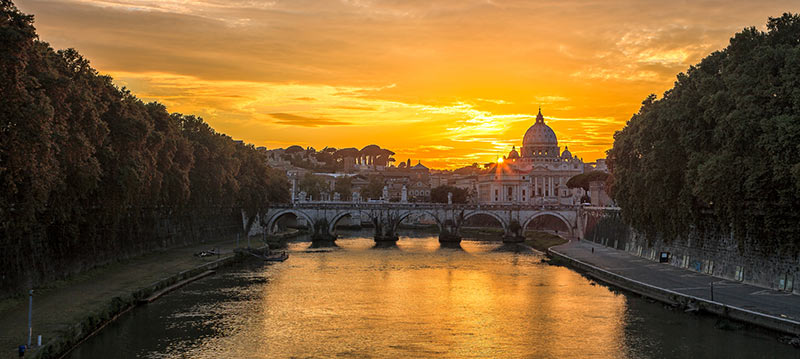Making the Most of the Summer “Golden Hour”

Late summer is truly the season of the “golden hour,” when buildings and exteriors are bathed in a warm pre-dusk glow. With outdoor photography, it’s generally harder to use artificial lighting to illuminate your subject matter, making you more or less reliant on natural light.
With evenings lasting well past 8pm, now is the perfect time to make the most of your interior and outdoor photography.
The golden hour, also called the “magic hour”, is roughly the hour or so before and after sunrise, though the exact duration varies according to region. During these times the sun casts a soft, diffused light which produces minimal contrast, lessening the chances of draping your subject in harsh shadows or overblown highlights.
The golden hour, referred to here in terms of the evening, is ideal for architectural and landscape photography, as well as outdoor portraits, close-up shots of flora & fauna, and various types of still life portraiture. Whether you’re a photography pro or amateur enthusiast, a few simple tips and reminders will dramatically boost your evening shots.
It’s recommended to invest in a camera with interchangeable lenses or close-up and user-adjustable settings, along with a sturdy tripod. Start by setting the ISO low, with a long exposure.
Auto white balance isn’t your best bet when shooting during the golden hour so adjust to “cloudy,” to avoid neutralizing the warm natural light. If you don’t typically shoot using a wide aperture, the golden hour is an excellent time to experiment with stunning bokeh effects.
Give yourself plenty of time to set up. That magic hour of evening tends to arrive suddenly, with the light shifting by the minute, so try to be prepared. If you have a particular location in mind, such as a building or garden, arrive a little ahead of time to scope out the scene and get your gear in order.
Try to keep shooting steadily while you have the best evening lighting, with minimal stopping and starting. Obviously, you don’t want to make any sloppy mistakes, but bear in mind how quickly the light will be changing. Shoot throughout the evening from all angles and vantage points, and don’t be afraid to experiment with where the light hits and illuminates on your subjects.
During the evening golden hour, the sun is much larger and closer to your subject, producing a lovely diffused glow. Soft light is almost always preferable for any subject you shoot, be it a building or person, as it doesn’t cast harsh shadows or overblown highlights. Best of all, this time of evening provides a high dynamic range, which means you won’t lose any desired details to the aforementioned shadows and highlights.
Landscapes, cityscapes, still life–the golden hour can flatter any subject. You don’t have to limit yourself exclusively to working outside, either. For indoor photography, find a large window or bright open space and let the golden hour work its magic.
